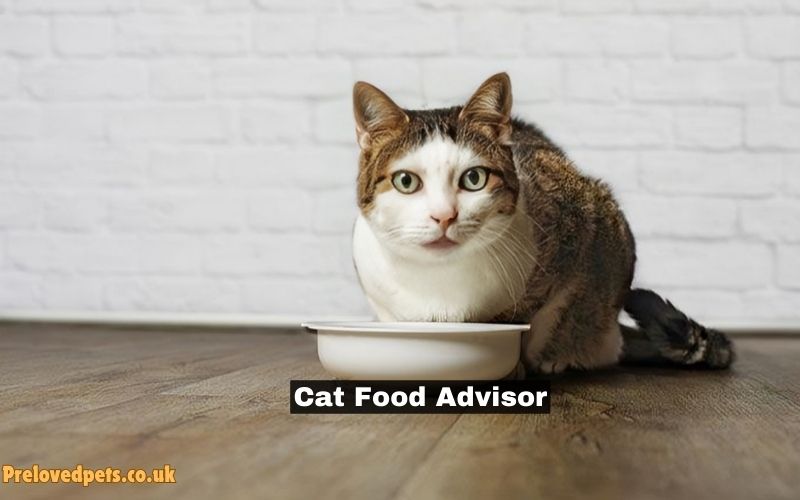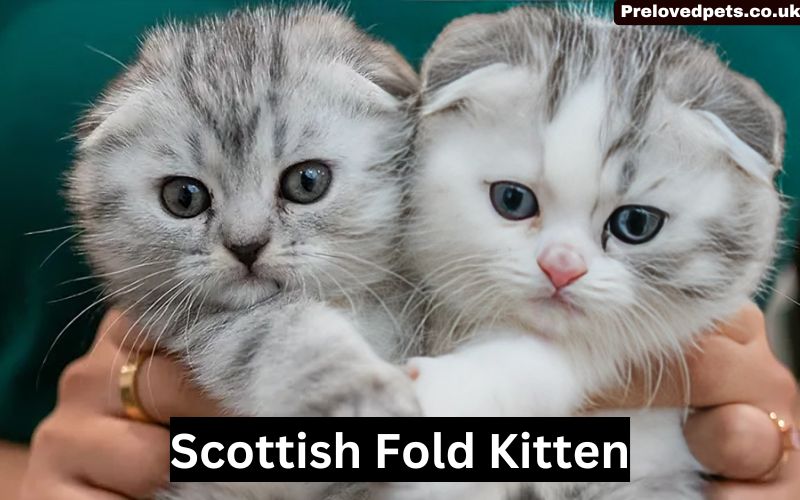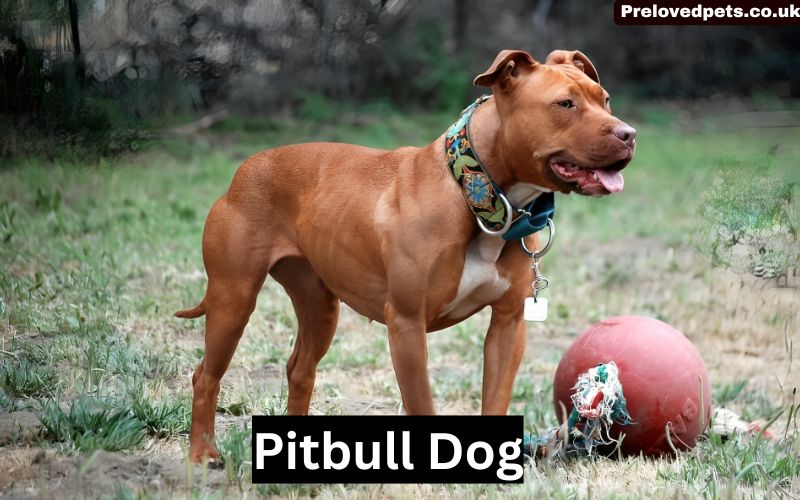Cat Food Advisor is crucial for cat’s overall health, longevity, and quality of life. Just like humans, cats require a balanced diet tailored to their specific needs, which can vary based on age, activity level, health status, and personal preferences. With the plethora of cat food options available in the market, making an informed decision can be challenging.
This comprehensive guide aims to provide detailed information on selecting the best food for your feline companion, covering various types of cat food, essential nutrients, reading labels, understanding special dietary needs, and offering practical tips for feeding.
Understanding Your Cat’s Nutritional Needs
Cats are obligate carnivores, meaning they require a diet primarily composed of meat. Their nutritional needs are unique and differ significantly from dogs and humans. Key nutrients essential for cats include:
- Protein: Vital for growth, muscle maintenance, and overall health. Cats require high-quality animal proteins. Animal sources like chicken, turkey, beef, and fish are ideal. The quality of protein is crucial, with a preference for highly digestible forms that ensure efficient nutrient absorption. Inadequate protein intake can lead to muscle wasting, immune dysfunction, and a decrease in overall vitality.
- Taurine: An essential amino acid crucial for heart health, vision, and reproduction. Cats cannot produce enough taurine on their own and must obtain it from their diet. Taurine deficiency can lead to severe health problems such as dilated cardiomyopathy, retinal degeneration, and reproductive failure.
- Fat: A concentrated source of energy, essential fatty acids, and fat-soluble vitamins. Fats are also important for skin and coat health, as well as cognitive function. Essential fatty acids like omega-3 and omega-6 play a role in reducing inflammation and supporting cellular health.
- Vitamins and Minerals: Important for various bodily functions, including metabolism, immune function, and bone health. Vitamins A, D, E, and B-complex, along with minerals like calcium, phosphorus, and magnesium, are particularly important for cats. Vitamin A supports vision and immune function, while vitamin D aids in calcium absorption and bone health. B vitamins are involved in energy metabolism and neurological health.
- Water: Cats have a low thirst drive and can easily become dehydrated. Incorporating moisture-rich foods into their diet is crucial. Dehydration can lead to urinary tract issues, kidney disease, and overall poor health. Providing wet food or adding water to dry food can help maintain hydration levels.
Types of Cat Food
Cat food is available in several forms, each with its own set of benefits and drawbacks:
- Dry Cat Food (Kibble):
- Pros: Convenient, economical, and has a long shelf life. Helps with dental health by reducing tartar buildup. Kibble can be left out for extended periods without spoiling, making it ideal for free-feeding.
- Cons: Lower moisture content, which can contribute to dehydration. Often contains more carbohydrates than wet food. Some dry foods may also contain artificial additives and preservatives.
- Best for: Free-feeding setups, cats without specific dietary restrictions. Ideal for busy pet owners who may not be home to provide multiple meals per day.
- Wet Cat Food (Canned):
- Pros: Higher moisture content, which helps with hydration. Often more palatable and closer to a cat’s natural diet. Wet food typically contains higher levels of animal protein and fewer carbohydrates.
- Cons: More expensive, shorter shelf life once opened, can contribute to dental issues if not supplemented with dental treats or dry food. Wet food should be refrigerated after opening and consumed within a few days.
- Best for: Cats with urinary or kidney issues, picky eaters, and those needing extra hydration. Suitable for cats that require a high-protein, low-carbohydrate diet.
- Semi-Moist Cat Food:
- Pros: Convenient and palatable, with a higher moisture content than dry food. Semi-moist food often comes in portion-controlled packets, making feeding easy and precise.
- Cons: Often contains artificial colors, flavors, and preservatives. Can be high in sugar and salt. The high sugar content can contribute to obesity and dental problems.
- Best for: Occasional treats or supplementing other types of cat food. Not recommended as the mainstay of the diet due to potential health risks.
- Raw Cat Food:
- Pros: Closest to a natural diet, high in protein, and free from artificial additives. Raw diets can be customized to meet specific dietary needs and preferences.
- Cons: Risk of bacterial contamination, requires careful handling and preparation, can be expensive. Owners must ensure the diet is balanced and complete to avoid nutritional deficiencies.
- Best for: Owners committed to providing a natural diet and willing to handle raw meat safely. Suitable for cats with food sensitivities or allergies to processed foods.
- Homemade Cat Food:
- Pros: Complete control over ingredients and quality. Can be tailored to specific dietary needs. Owners can choose fresh, high-quality ingredients and avoid additives and preservatives.
- Cons: Time-consuming, requires nutritional expertise to ensure a balanced diet. Mistakes in formulation can lead to serious health issues.
- Best for: Owners with the time and knowledge to create balanced, nutritionally complete meals. Ideal for cats with specific dietary restrictions or health conditions.
Reading Cat Food Labels
Understanding cat food labels is essential for making informed choices. Here are some key aspects to consider:
- Ingredient List: Ingredients are listed in descending order by weight. Look for high-quality animal proteins as the first ingredient. Avoid foods with fillers like corn, wheat, and soy. High-quality ingredients ensure better nutrient availability and digestibility.
- Guaranteed Analysis: Provides the minimum or maximum percentages of crude protein, fat, fiber, and moisture. Use this to compare the nutritional content of different foods. This analysis can help determine if the food meets your cat’s specific dietary requirements.
- AAFCO Statement: The Association of American Feed Control Officials (AAFCO) sets nutritional standards for pet food. Look for a statement indicating the food meets AAFCO guidelines for complete and balanced nutrition. This ensures the food provides all essential nutrients in the correct proportions.
- Feeding Guidelines: These are general recommendations and should be adjusted based on your cat’s age, weight, and activity level. Monitor your cat’s body condition and adjust feeding amounts to maintain an ideal weight.
See Also: Healthy Pet Club
Special Dietary Needs
Cats may have specific dietary needs based on their life stage, health conditions, or personal preferences:
- Kittens: Require higher protein, fat, and calorie content to support growth and development. Look for kitten-specific formulas. Ensure the food contains DHA for brain and vision development and higher calcium and phosphorus for bone growth.
- Adult Cats: Need balanced nutrition to maintain weight and overall health. Adjust portion sizes based on activity level. Foods should provide complete nutrition without excess calories to prevent obesity.
- Senior Cats: May require fewer calories but higher quality protein to maintain muscle mass. Consider senior-specific formulas with joint support supplements. Look for foods with added glucosamine and chondroitin for joint health and higher fiber for digestive support.
- Overweight Cats: Opt for weight management formulas with lower fat and higher fiber content to promote satiety. Ensure the food provides adequate protein to maintain muscle mass while reducing calories.
- Cats with Allergies or Sensitivities: Choose limited ingredient diets or hypoallergenic formulas to identify and avoid allergens. Look for novel protein sources like duck or venison and avoid common allergens like chicken, beef, and grains.
- Cats with Health Conditions: Consult your veterinarian for specific dietary recommendations for conditions like kidney disease, diabetes, or urinary tract issues. Special diets may include renal diets with reduced phosphorus for kidney disease or low-carbohydrate diets for diabetes.
Practical Feeding Tips
- Portion Control: Measure your cat’s food to prevent overfeeding and obesity. Follow the feeding guidelines on the label and adjust based on your cat’s needs. Using a kitchen scale can help ensure accurate portion sizes.
- Feeding Schedule: Establish a regular feeding routine. Most cats do well with two meals per day, but kittens and seniors may benefit from more frequent, smaller meals. Consistent feeding times can help regulate metabolism and prevent begging behavior.
- Transitioning Foods: When switching foods, do so gradually over 7-10 days to avoid gastrointestinal upset. Mix increasing amounts of the new food with the old food until the transition is complete. Monitor for any signs of digestive distress, such as vomiting or diarrhea.
- Fresh Water: Ensure your cat has access to fresh, clean water at all times. Consider using a pet water fountain to encourage drinking. Place water bowls in multiple locations to encourage hydration.
- Monitoring Health: Regularly monitor your cat’s weight, coat condition, and overall health. Consult your veterinarian if you notice any changes or concerns. Regular check-ups can help detect and address health issues early.
Common Myths and Misconceptions
- Cats Can Eat Dog Food: While occasional consumption of dog food won’t harm your cat, it doesn’t provide the necessary nutrients cats need, such as taurine and specific vitamins. Prolonged feeding of dog food can lead to nutritional deficiencies and health problems.
- Homemade Diets are Always Better: Homemade diets can be healthy if properly balanced, but many homemade recipes lack essential nutrients. Consult a veterinary nutritionist before preparing homemade cat food. An improperly balanced diet can lead to severe health issues.
- Grain-Free Diets are Best: Not all cats need a grain-free diet. Some grains can provide beneficial nutrients. Grain-free diets are necessary only for cats with specific allergies or sensitivities. Ensure the diet is balanced and not just replacing grains with high-carbohydrate vegetables.
- Raw Food is Dangerous: Raw diets can be beneficial if handled and prepared correctly. However, they carry a risk of bacterial contamination. Always follow safe handling guidelines. Consult your veterinarian to ensure the diet is nutritionally complete and safe.
Conclusion
Choosing the right Cat Food Advisor for your cat is a critical aspect of pet ownership, directly impacting their health, happiness, and longevity. By understanding your cat’s nutritional needs, exploring different types of cat food, and learning how to read labels, you can make informed decisions that support your feline friend’s well-being.
Remember to consider special dietary needs, follow practical feeding tips, and debunk common myths to provide the best possible nutrition for your cat. Always consult with your veterinarian to ensure your cat’s diet is tailored to their specific needs, and enjoy the rewarding experience of nurturing a healthy and happy feline companion.




